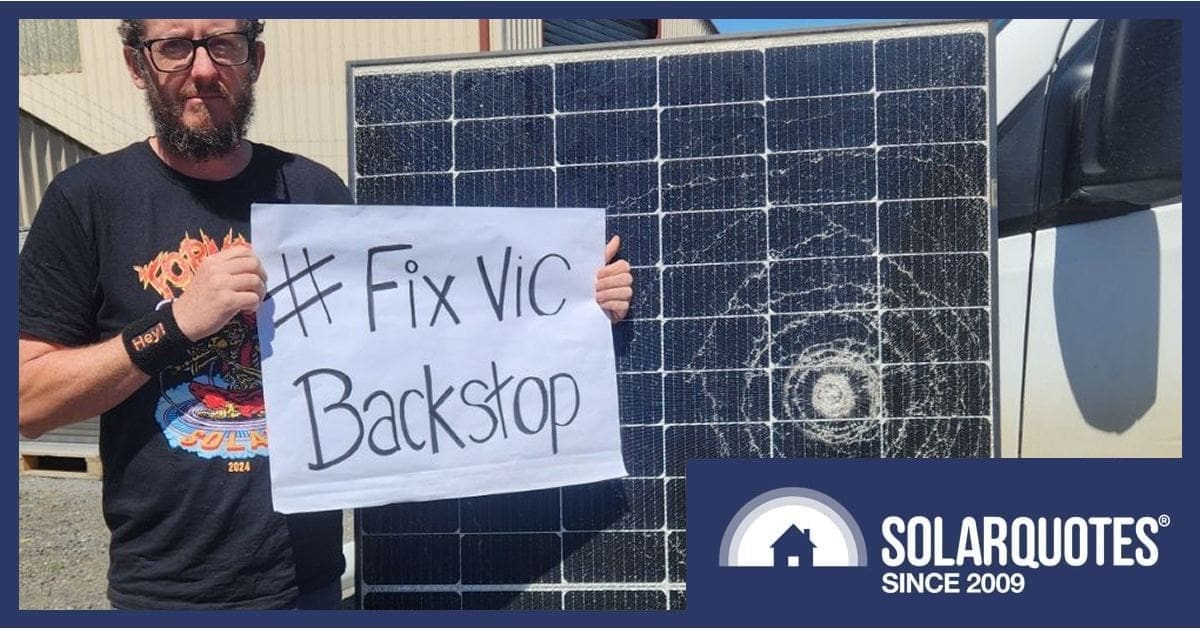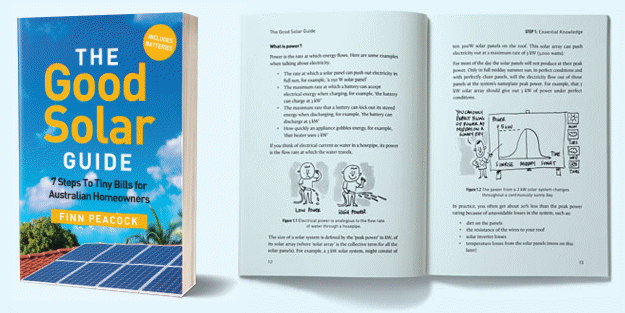Rollout of Victoria’s emergency backstop mechanism (VEBM) for solar power systems has been anything but smooth, and four-and-a-half months on there are still significant issues needing resolution.
In October last year the VEBM requirement for new/upgraded/replacement residential rooftop solar came into effect. A tool of last resort to be used to address minimum system demand events coinciding with high solar power exports, the backstop mechanism allows the state’s Distributed Network Service Providers (DNSPs) to temporarily curtail or switch off solar panel systems remotely by sending signals to CSIP-AUS compliant solar inverters. You can read more about the VEBM here.
But implementation has been a nightmare according to some of the state’s solar installers, making it difficult for them to include backstop requirements into their quotes and invoices.
It’s not just installers who are suffering. An example is a system owner who said his installation occurred in late September 2024 and as at early January this year his connection was still on hold until his DNSP approved the inverter’s emergency backstop protocols. As recently as last week, we saw another report from a solar owner who had his system installed in early December and the installer is still struggling to get the system registered – but at least in that case the system is operating.
It didn’t have to be like this. The powers-that-be needed only look across the border to South Australia to see how it’s done; although in SA there’s just one DNSP and in Victoria there are five.
But there has been some movement at the station around addressing the issues in Victoria. First, there is acknowledgement. Solar Victoria said last week:
“We understand solar industry concerns with the implementation of new emergency backstop and appreciate continued input received from industry representatives in relation to their experiences working with the mechanism.”
The agency and members of its Industry and Consumer Reference Group (ICRG) along with the Department of Energy, Environment and Climate Action (DEECA) are working towards getting things squared away “as soon as possible”.
A Bag Of Backstop Issues
The issues that have been identified so far include:
- Approach to legacy solar power systems.
- On-site compatibility testing failure rates, which create repeat site visits for installers.
- DNSP servers being offline.
- Safe sequencing for Licensed Electrical Inspectors and costs for return to site for solar installers.
- Onboarding of solar inverter and other related manufacturers.
- Inconsistent export limits.
- Solar installations with incorrect settings – including incorrect export limits – inappropriately seeking internet exemption (which results in a lower fixed export limit unlikely to be greater than 1.5 kW); or setting systems to zero export without the customer’s knowledge.
… with more to be added to the list as they are identified.
What’s Being Done?
The ICRG is focusing on the issues and DEECA has established a dedicated Emergency Backstop Reference Group to look at solutions.
The group’s latest meeting held last Wednesday worked through priority problems; among which were the application of the VEBM for legacy systems and issues with on-site compatibility testing.
“The reference group has identified actions to help resolve these issues which are now being actioned,” says Solar Victoria.
For everyone’s sake, let’s hope that’s completed soon.
Rubbing salt into the wound is minimum feed-in tariffs in Victoria may be very close to 0c per kilowatt-hour in 2025/26.
So, all this grief and Victorian solar owners affected negatively by the VEBM rollout’s bumpy start could get close to nothing for their exports starting in July (as may everyone else). But even if owners of new and upgraded systems *choose* to zero-export limit their solar systems, VEBM hoops must still be jumped through.


 RSS - Posts
RSS - Posts



We were asked to comment on the suggested feed in rates for solar. I do not see the system as fair when even when there is too much solar being generated a good deal of it is being used locally in homes and businesses which do not have solar power. There is no new infrastructure required to transmit the power to a local user and they will not be reducing their retail price so the retailers or generators will make another 3 cents per kilowatt.
They were saying lip-service to the submissions. They had no intention of changing the draft. I do not understand why they do not come clean and just pay us nothing rather than the insult of $0.004 per kilowatt.
In addition to that that they want to shut down our systems at times of oversupply. I am not sure if that stops us from using our own power or it just stops us exporting it.
I would like to set my system up so any excess is grounded so the network gets no benefit of my generation at any time.
I just wish the block chain system trialled in WA was a practical solution as that meant I could sell excess power to a particular site for an agreed amount. The intermediary would receive a commission.